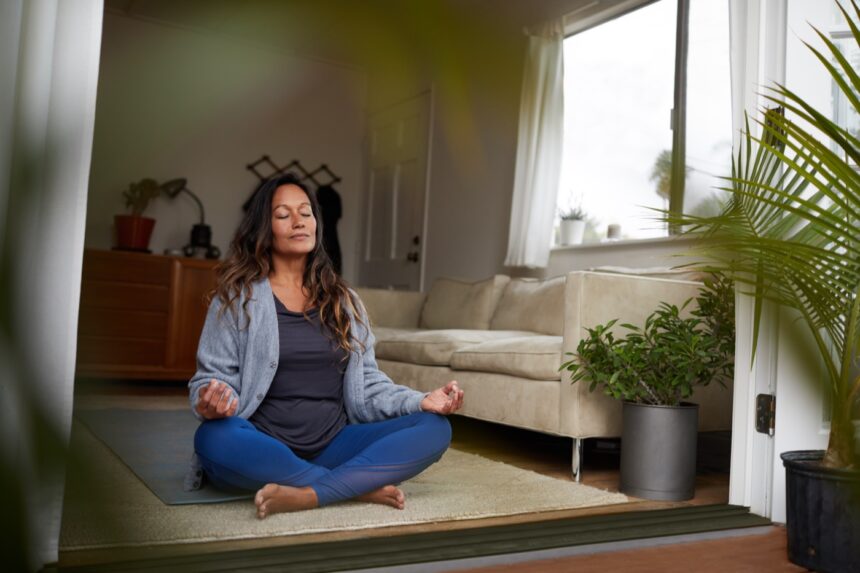Meditation has become a trendy topic over the past few decades. But did you know it’s not just one thing? There are many different styles of meditation, and all of them can be extremely beneficial for mental, emotional, and physical well-being.
Some styles of meditation help you enter new states of consciousness–like relaxation, sleep, or compassion for yourself and others. Others are designed to help you become more focused or aware of your inner experience.
Every style of meditation has different effects, and is great for various situations and outcomes. Here are two of the most popular kinds, and what they can be useful for.
1. Mindfulness Meditation: Mindfulness meditation is related to vipassana, one of the oldest styles of meditation that dates back to ancient Buddhism. It involves focusing on your thoughts, feelings, and sounds in the room. It’s about becoming more aware of your present-moment experience without trying to change it.
This is how mindfulness is amazing for boosting performance and overall well-being. When you’re more in tune with your inner experience–your thoughts, feelings, perceptions, and consciousness, itself–you build Inner Awareness. That increased Inner Awareness can help you stress less, focus
better on tasks, and improve your athletic performance. You’re building presence, which can also help you enter a flow state.
So mindfulness is a fantastic way to start your day. Try a morning mindfulness meditation to connect to your inner experience, clear your mind, and boost productivity. You can also use mindfulness to check in with your thoughts and feelings while you’re working, exercising, or just going about your day.
Within your mindfulness meditation, you can use techniques like “noting” to make a mental note when you’ve gotten lost in thought. You can say, “Thinking, thinking.” And then refocus on your breath.
2. Non-Sleep-Deep-Rest (NSDR): Also known as Yoga Nidra or a “body scan,” NSDR is a progressive relaxation technique that helps you systematically release tension. It involves shifting your attention to various parts of your body and noticing what sensations you feel. It can help you get to sleep, reduce stress and anxiety, and even promote healing.
NSDR is a great practice for the end of your workday, at night before you go to sleep, or anytime you want to induce a relaxed, sleep-like state. Along with helping you relax, studies show that NSDR can help improve memory, focus, and your ability to learn new information during waking hours. So it can be another great asset to your performance, by boosting your recovery.
No matter what style of meditation you practice, you can cultivate more inner awareness and relaxation, and use that to fuel your performance, mental and emotional health, and overall well-being.


